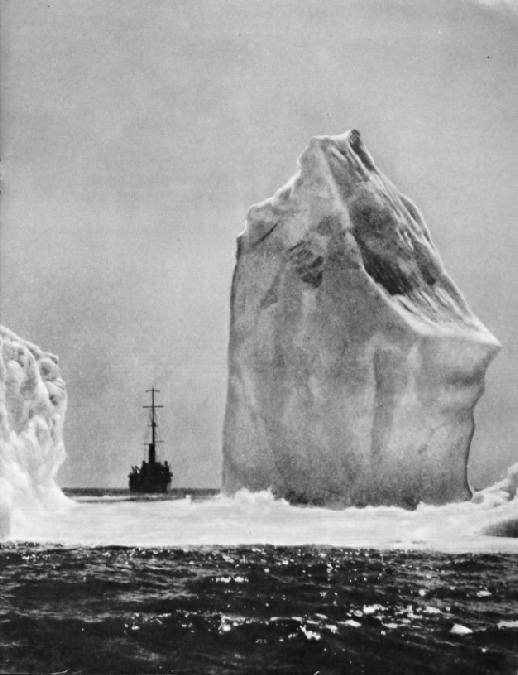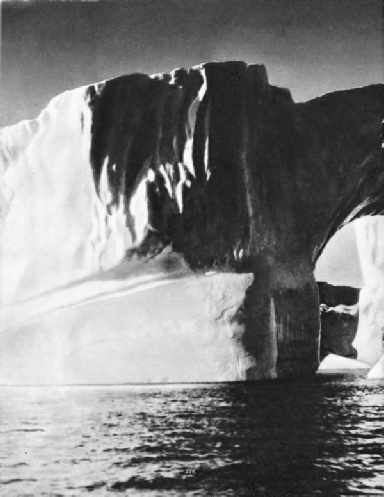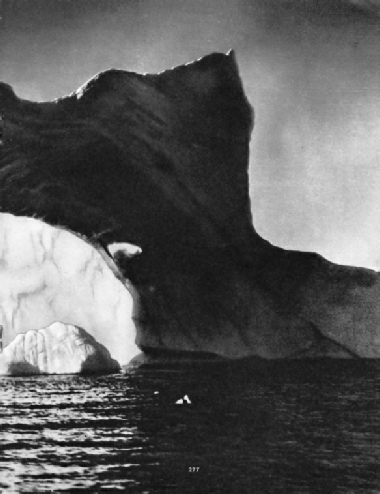
© Shipping Wonders of the World 2012-



Part 9
Part 9 of Shipping Wonders of the World was published on Tuesday 7th April 1936.
It included a centre photogravure supplement featuring icebergs, which formed part of the article on the North Atlantic Ice Peril.
The Cover
The cover of the present part shows the modern superstructure of the Italian vessel Calitea.
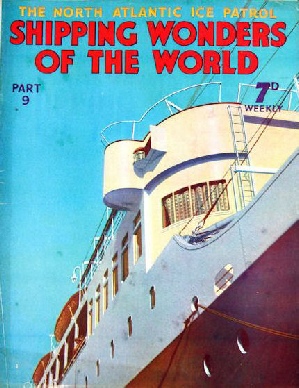
Contents of Part 9
The Menace of the Derelict
Concluded from part 8.
RMS Strathmore
Built principally for service between Europe and India and Australia, this 23,428 ton vessel is the latest addition to the famous P. & O. fleet, and a fine tribute to British shipping. The RMS Strathmore is the largest vessel yet built for the P. and O. Company. She was launched last year, and completed in September.
The article is the fifth in the series The World’s Largest Ships.
The Special Heavy-Weight Carrier
Shortly after the war of 1914-18 a special fleet of ships was constructed for transporting heavy weights such as railway coaches, barges, lightships and locomotives to all parts of the world. This article describes one of the fleet, the Beljeanne. She is a ship of 414.4 feet length by 67.1 feet beam by 31 feet depth.
This is the fifth article in the series on Merchant Ship Types.
The North Atlantic Ice Peril
In the North Atlantic Ocean the International Ice Patrol keeps a vigilant look-out for one of the the mariner’s greatest foes - the iceberg - and earns the gratitude of the shipping world. This patrol, which came into existence shortly after the tragedy of the Titanic in April 1912, is typical of the co-operative spirit of seafarers. Although the patrol is under the command of the US Coast Guard Service, its expenses are defrayed by fourteen nations, Great Britain among them.
Photogravure Supplement
The photogravure supplement shows three icebergs, two of which are illustrated here.
A GLISTENING MASS OF ICE. (Left) The iceberg is easily detected by the look-out man of the International Ice Patrol cutter on a fine day. In fog or at night the cold mass chills the atmosphere near and so gives warning of its presence. In rough weather there is also an audible warning, for the sea can be heard breaking upon the berg. Because of their great size, icebergs are often affected by currents below the surface of the ocean which are running counter to surface currents; and so the drift of a berg, even when once sighted, has to be carefully observed.
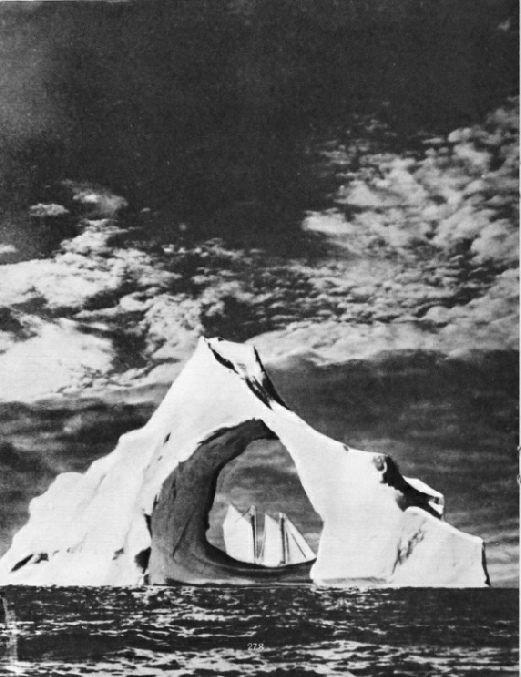
The Vast Proportions of the Berg
THE VAST PROPORTIONS of the berg (right) may be fairly appreciated by comparing it with the sailing vessel seen close to the opposite side of it. Icebergs are avoided to-day by confining ships to specially charted tracks which vary according to the season. Wireless enables vessels to receive warnings broadcast by the International ice patrol of the position and course of he drifting ice.
Contents of Part 9 (continued)
Ships in Miniature
Building ships’ models is a fine art reaching back to long-past ages - an international art that will never lose its appeal while men love ships and the sea. This chapter describes some of the most famous ship models in existence and considers little-known aspects of the fine art of model-making.
There is a complementary article on “Marine Models”.
A Trinity of Dramatic Exploits
The raising of three ships sunk in unusual circumstances provided the salvage experts with difficult problems that were surmounted by many ingenious devices. This part describes the salvage of the troopship Onward at Folkestone, and of the cruiser HMS Gladiator in the Solent. This is the third article in the series Dramas of Salvage. It is concluded in part 10.
